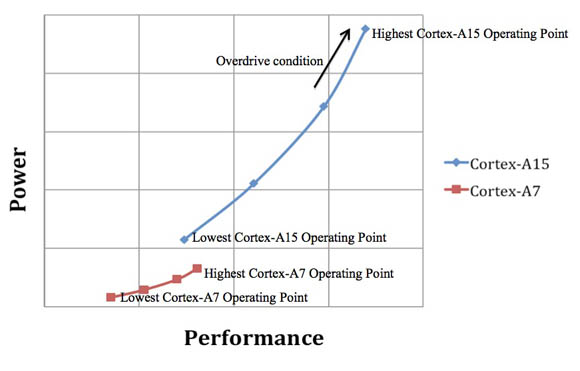While MicroSD Cards / eMMC usually use about 0,3W, the nanoSSD can use up to 0,9W
storage is not a CPU or GPU, it's not like someone starts writing and reading more because the storage is faster.
What I'd like to see is actual numbers of data size per joule (MB/J) and idle power consumption.
Peak power consumption is misleading there.
2. UMTS and a hardware switch
What about including software power switch that works independently of modem?
Say, a chip that measures power could also cut power to modem.
That way we can remove our concerns about firmware and only direct pyra OS hacks could re-enable modem without user's consent.
But hacked pyra could use another means to collect and transfer user information so such hacks are not modem-specific.
While it's possible to buy the latest BayTrail without any NDAs and in low numbers, Intel suggests to not buy it directly but get it on a module from one of their partners. Getting the SoC directly to work is a bit more complicated than an ARM SoC, since it will also need a BIOS...
It's not big news that intel processors need BIOS to initialize and it may turn out good in the end due to Coreboot advancements. My guess is that Atom SoCs will have better opensource support by the end of this year so Pyra86 may be easier to create by the time Pyra is out then it is now.
I also visited Qualcomm and got another contact for getting the Snapdragon. The 805 will be too power hungry for mobile devices though (it's mostly aimed at tablets), so it won't be usable for us.
Well, current pandora is a 8'' tablet (with small screen) and pyra will be no different. If you convert pandora's slice component layout to planar one you will get area similar to 7''-8'' tablets so pyra should handle such power. If Qualcomm representative meant >=10'' tablets than it's another story.
Like I said earlier, power capping options are much more important for us then maximal power consumption as long as chassis can dissipate it


